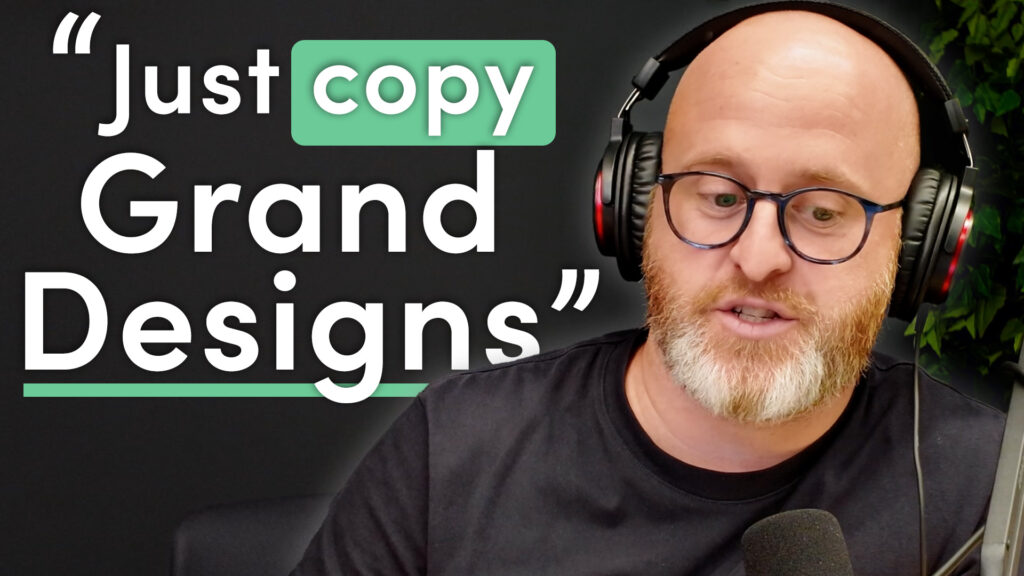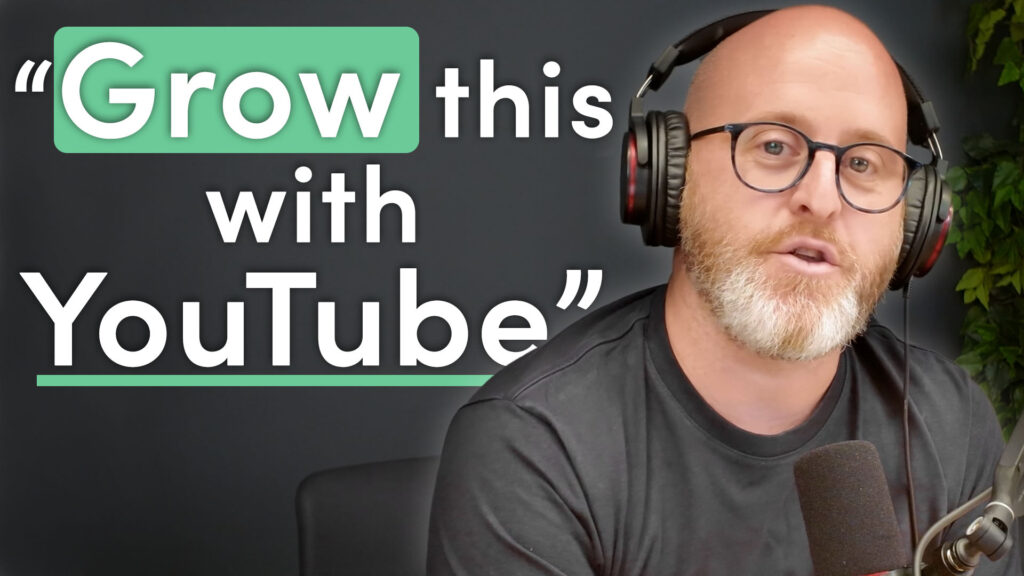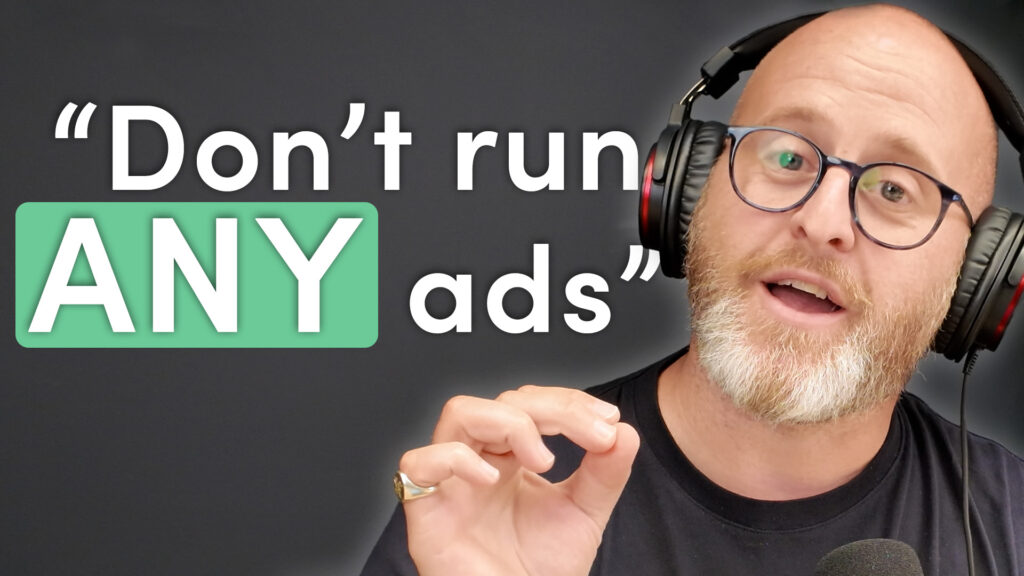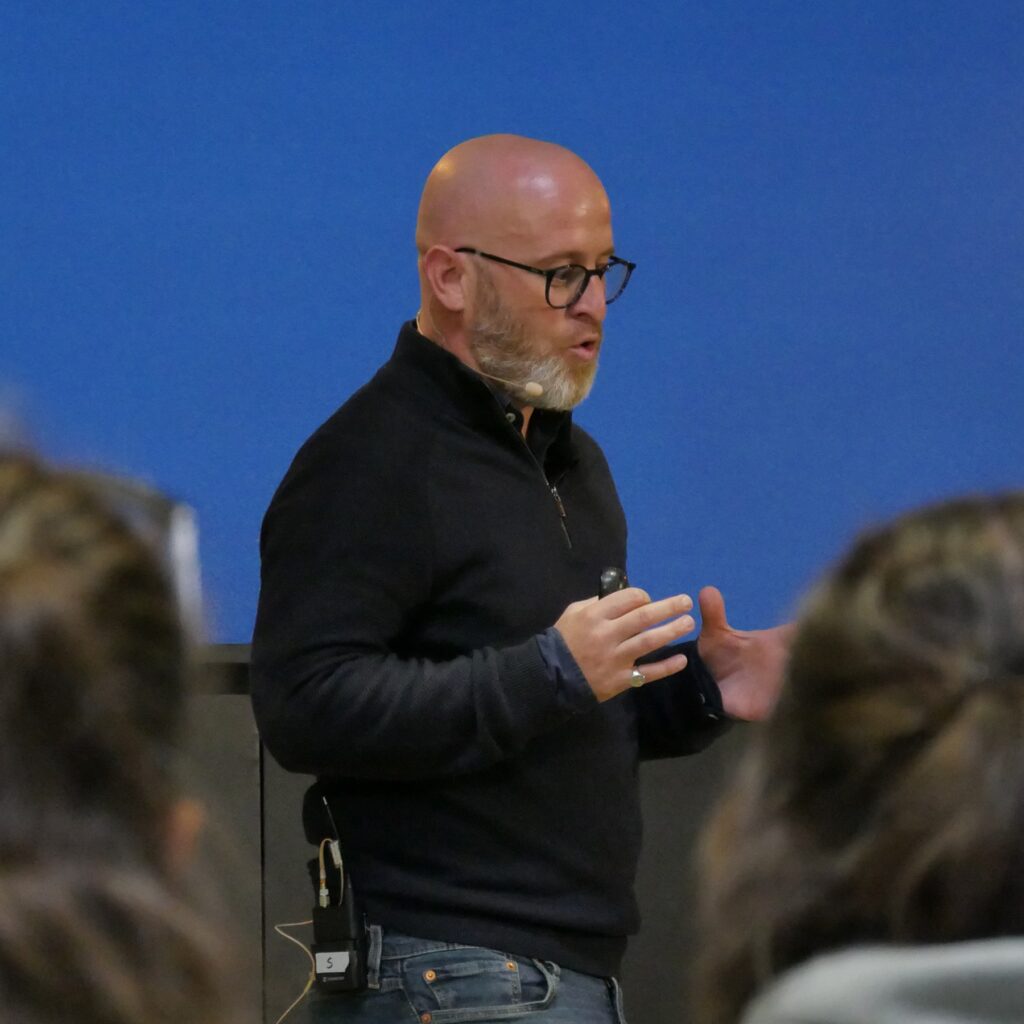Melanie launched What a Host during COVID with a clear vision: to design and manufacture beautiful, functional home accessories that elevate everyday dining and décor.
With more than 250 products ranging from gold cutlery sets to handmade candle holders, the brand has strong creative roots and a loyal audience. But despite having high-quality products and design, growth had plateaued. Melanie was investing in SEO, PR, affiliate marketing, and paid media, but with no clear direction the business lacked focus.
This episode of Grow with Evergreen explores how narrowing in on a few bestselling products, and building the brand around them, can unlock real performance.
Current business overview
What a Host is a D2C-led homeware brand specialising in stylish, well-made dining accessories.
Founded during COVID, the business has now been trading for four years. All products are designed in-house and manufactured in India, with over 250 SKUs available through its Shopify store. Bestsellers include gold cutlery sets and candle holders, and there are light B2B sales to the hospitality and interiors trade.
Turnover currently sits under £100K, with around 70% of sales generated via paid media and 30% from organic sources.
Main challenges
Although Melanie’s passion and product quality were undeniable, marketing efforts were spread too thin across too many products and channels.
The business lacked a clear set of hero products to build around. Blog content was ranking well in Google but wasn’t converting into sales. Paid media spend was divided across the full catalogue rather than concentrated on proven products. The SEO strategy leaned toward broad lifestyle topics with little commercial intent. Even the homepage failed to showcase key revenue drivers clearly.
Meanwhile, affiliate and PR activity were disconnected from both paid and organic efforts, leaving the overall marketing mix unfocused.
Hero product strategy
The biggest opportunity was to focus on a handful of top-performing SKUs: the products already showing strong sales and customer appeal. By narrowing down to four or five bestsellers with high margins and consistent demand, What a Host could shape its entire strategy around them.
Blog and ad campaigns would be created specifically to support these products, and they would feature more prominently on the homepage and site navigation. Concentrating ad budget here would provide more consistent ROAS and clearer learnings, while customer data would underpin decision-making to ensure confidence in the approach.
Blog content shift
The brand had already invested heavily in blogging, but much of the traffic wasn’t delivering sales.
The solution was to shift towards product-led content. Instead of broad lifestyle themes like wedding styling, blogs needed to directly support hero products. This meant writing posts that answered real buyer questions, such as how to style gold cutlery.
Content also needed to link more strategically to product and category pages, and performance should be measured by conversion metrics rather than just traffic numbers.
Website improvements
The website needed to reflect the new product-led strategy. The homepage and navigation would promote bestselling cutlery and candle holders more clearly, while broken links and banners had to be fixed. The blog needed to be moved into the main navigation, making it easier for customers to find.
Removing underperforming apps would help streamline the user experience, and more intuitive categories would group products in a way that made browsing simpler.
Paid media improvements
Google Ads had underperformed because the full product feed was too broad. A refined approach was required, with the product feed stripped down to the top five to ten SKUs. New Performance Max campaigns would then be launched around these products, with asset-led and feed-only campaigns separated for clearer testing.
By shifting budget to proven products and building strong landing pages for each one, What a Host could achieve more consistent results without wasting spend across the entire catalogue.
Growth priorities for Q4
With Christmas approaching, Melanie now had a clear growth path. Gold cutlery stood out as the flagship product, perfectly suited for gifting and seasonal events.
The strategy was to create five to ten new blog posts around cutlery and candle holders, strengthen internal linking between blogs and product pages, and introduce new bundles or gift sets to raise average order value.
Retargeting ads would be launched to recover abandoned baskets and capture warm traffic more effectively.
Key takeaways
The lesson from this episode is simple: doing less can help you grow more. By focusing on being famous to a few, What a Host could build its brand around proven bestsellers.
Blog content would be designed to support sales rather than just traffic. Paid spend would be focused on a smaller set of products to improve returns. The homepage would be cleaned up to reflect the brand’s real focus. And rather than chasing every marketing channel, efforts would be aligned around clear commercial goals.
Summary
What a Host is now on a clearer growth path, with a refined product mix, a streamlined website and a simplified marketing strategy that prioritises performance over volume.
By building the brand around gold cutlery and other bestsellers, Melanie is creating a scalable foundation for growth in Q4 and beyond. The next step is all about execution: tighter campaigns, smarter content, and a product-first message that resonates with customers across paid, organic and email.
Sometimes the fastest way to grow is to narrow your focus, and that’s exactly the shift What a Host is now making.
___
👋 Never miss an update. Sign up for our weekly newsletter.
👉 See our Home & garden stories (case studies) to discover how we grow brands online.
👉 Subscribe to our YouTube channel.
👉 Follow our Grow with Evergreen podcast on Spotify, YouTube & Apple Podcasts.
👉 Register your interest in our Home & Garden Club






